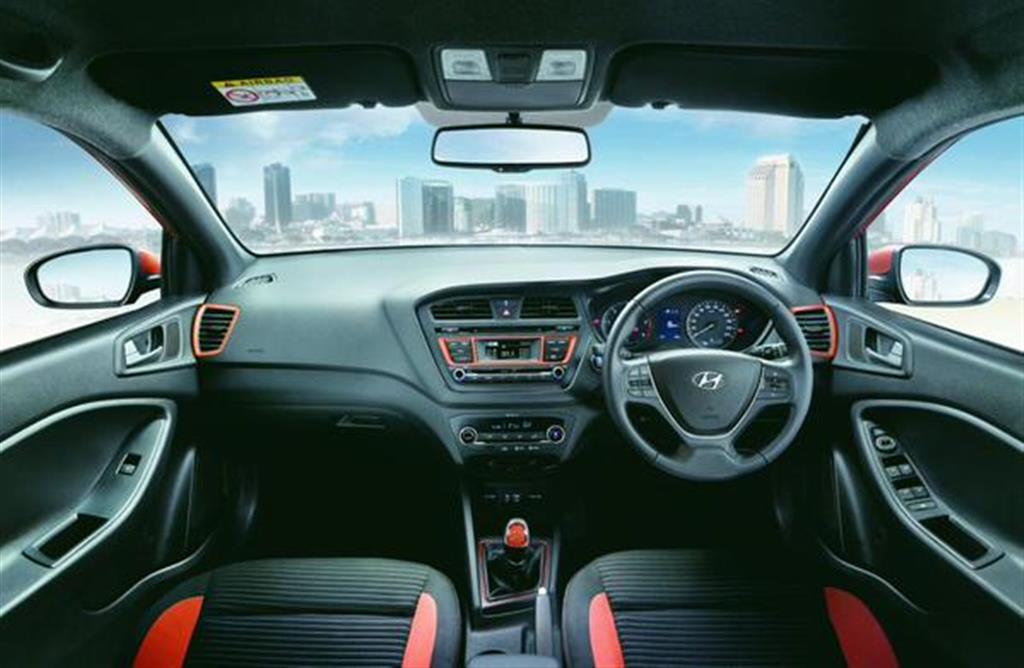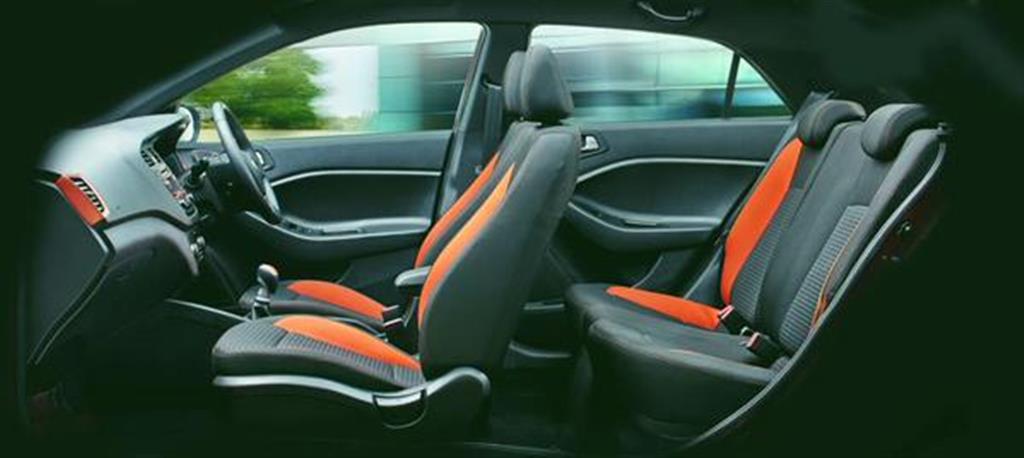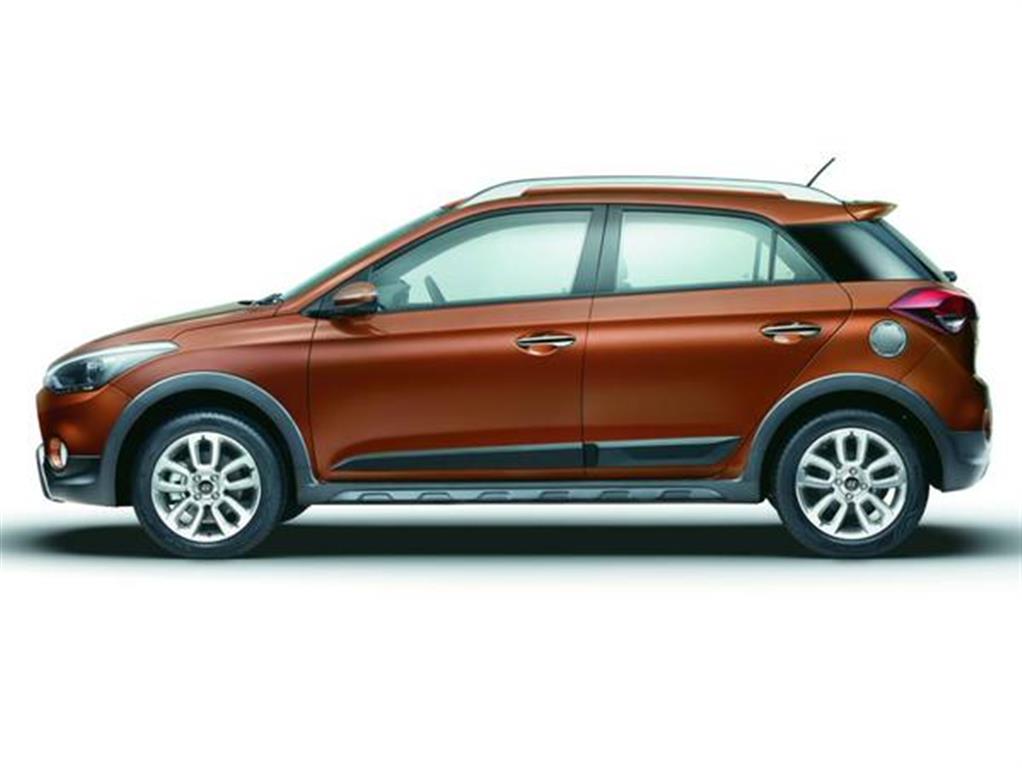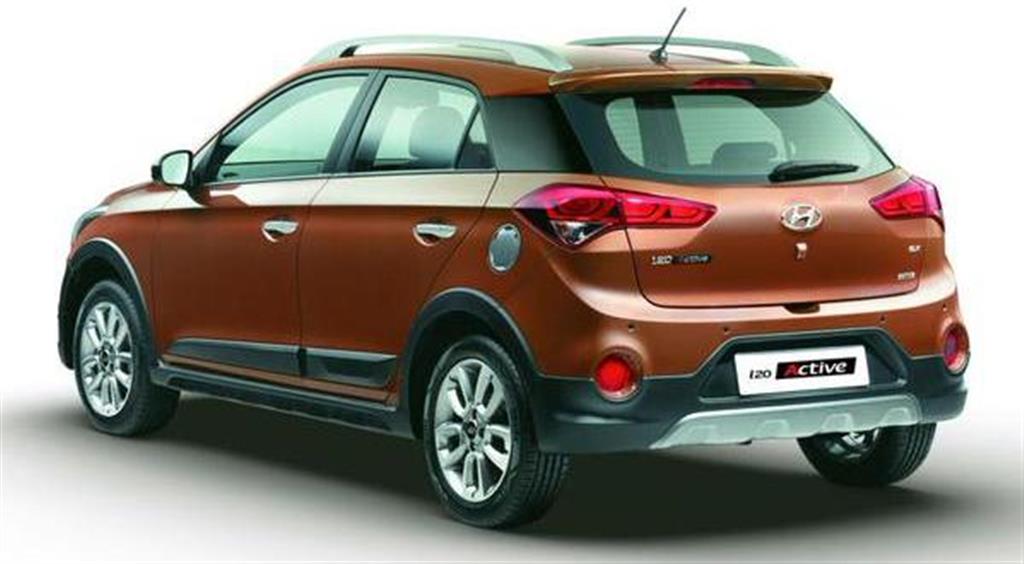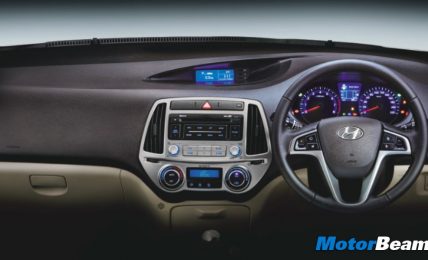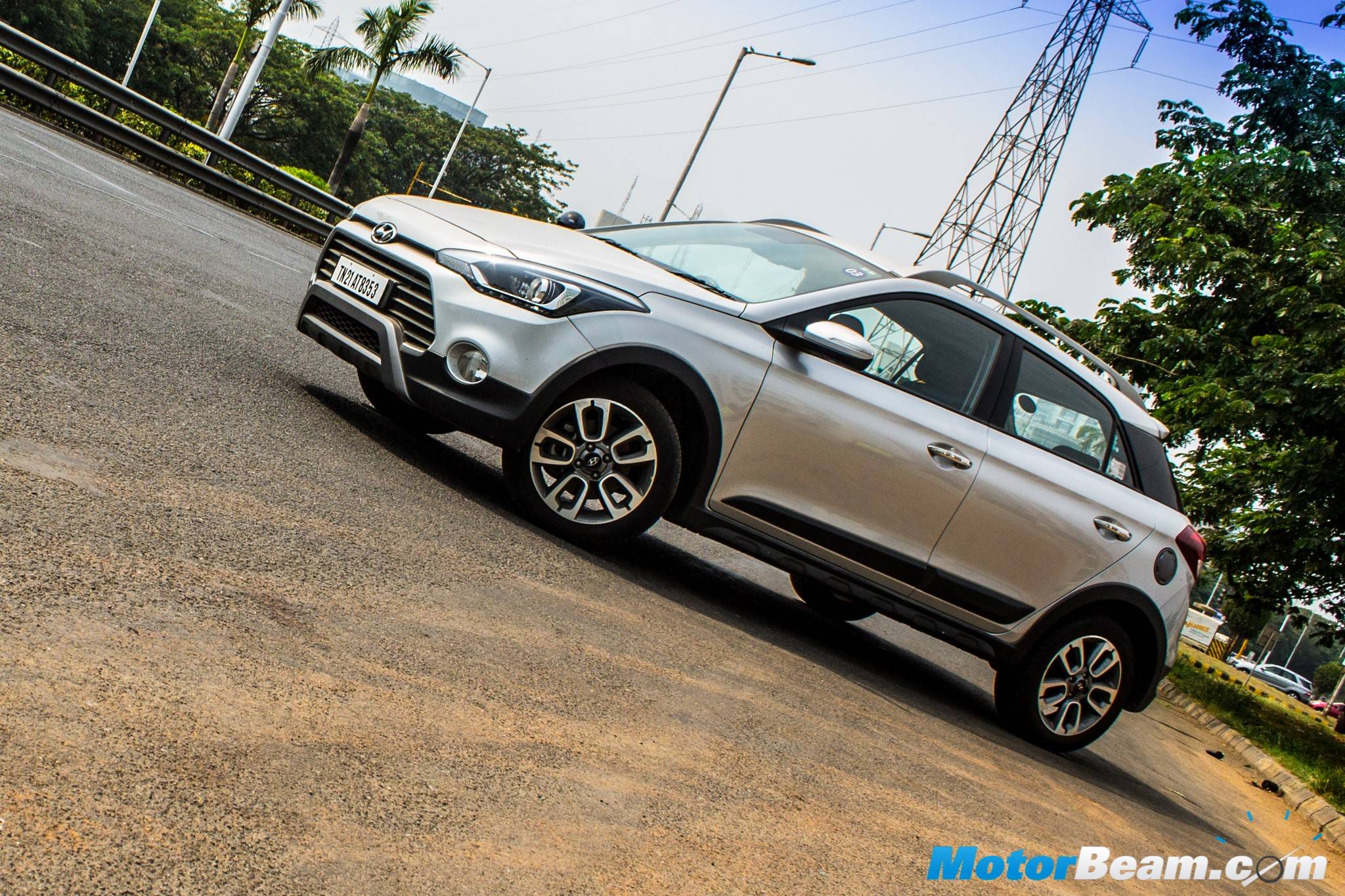Hyundai is gearing up to launch the crossover version of the Elite i20, namely the i20 Active. The vehicle gets a lot of exterior and interior tweaks to make it stand out.
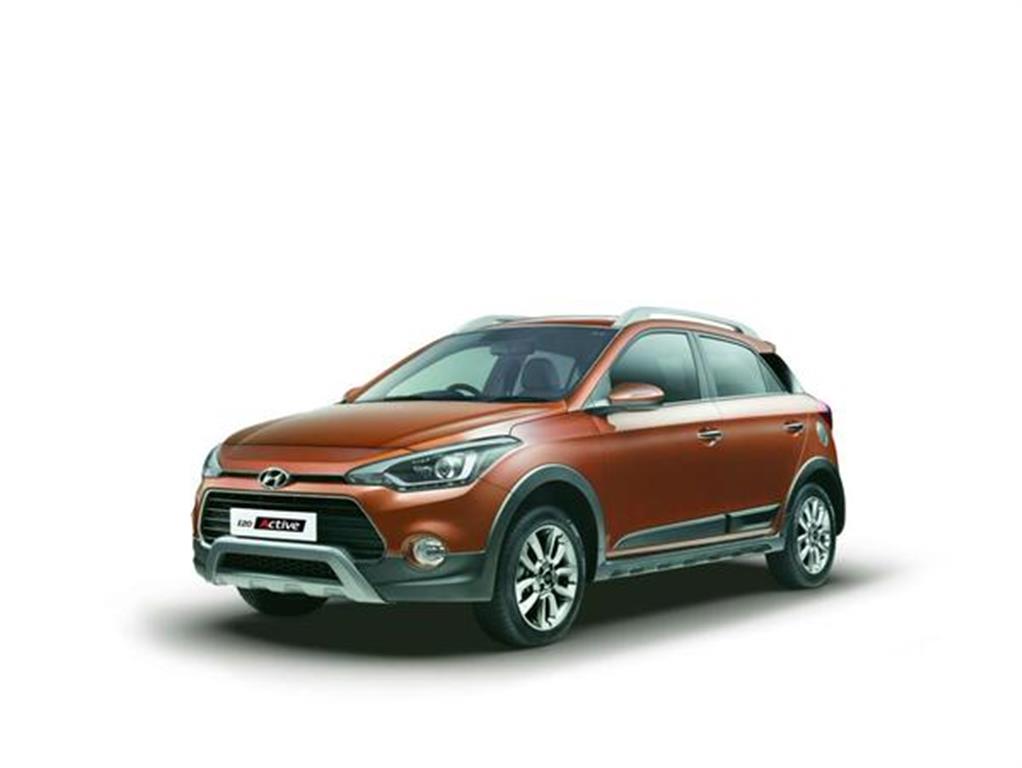
The Hyundai Elite i20 was launched in 2014 and the premium hatchback was an instant hit with the audience. The Elite i20 continues to perform brilliantly every month but Hyundai seems to be betting big on various mass-market segments. The current trend in the market are crossovers, which are developed by adding cosmetic tweaks to premium hatchbacks and making them look more rugged and robust rather than premium and simple. Hyundai too has modified the Elite i20 and given birth to the i20 Active which is the latest kid on the block. So let us have a detailed look at the newest crossover in town.
First up, the i20 Active comes with body-cladding all around the surface of the vehicle. The alloy wheels also get a new and fresh design now. To add to the rugged appeal, Hyundai has installed roof rails on the i20 Active. The headlights get a minor update and now come with projectors. The i20 Active also gets LED DRLs which the Elite i20 misses out on. The fog lamps get a round design and are large in size. The front and rear bumpers have been redesigned and now they come with skid plates. The rear bumper also gets large round reflectors. The i20 Active also comes with reverse parking sensors.
Coming to the interiors, the overall layout remains the same as the Elite i20. However, the i20 Active gets orange inserts (option between blue and orange) on the dashboard, gear knob and orange accents on the seats. All the three pedals now come with a faux aluminium finish cover and the car also gets automatic headlights, cornering lights and a cooled glovebox. The suspension of the i20 Active has been slightly tweaked to serve the vehicle’s purpose and the ground clearance has been increased to 190 mm. The car will be offered in 4 variants with trim nomenclature being similar to the Verna (SX, etc.) and not like the Elite i20 which uses names like Asta, Sportz, etc.
There are no mechanical changes been made to the Hyundai i20 Active and the same 1.2-litre petrol and 1.4-litre diesel engines continue to power the crossover but with increased responsiveness and slightly reduced fuel efficiency. Hyundai states that the diesel has 11% improvement in torque delivery while in case of the petrol, it’s 6%. The petrol model returns 17.19 km/l (Elite is rated at 18.24 km/l) while the diesel is claimed to give 21.19 km/l (a reduction from 22.54 km/l on the Elite). Prices of the i20 Active crossover will be revealed on 17th March and we expect it to cost Rs. 50-70,000/- more than the Elite.
